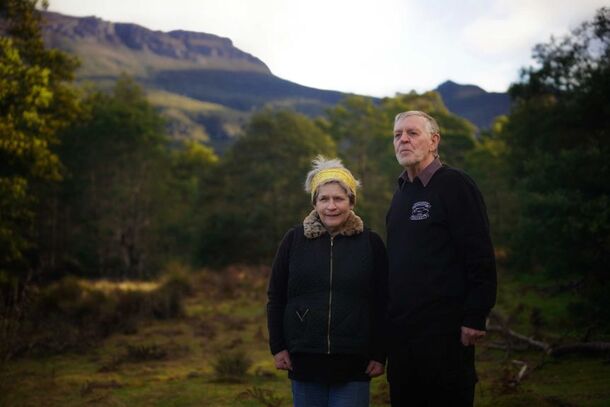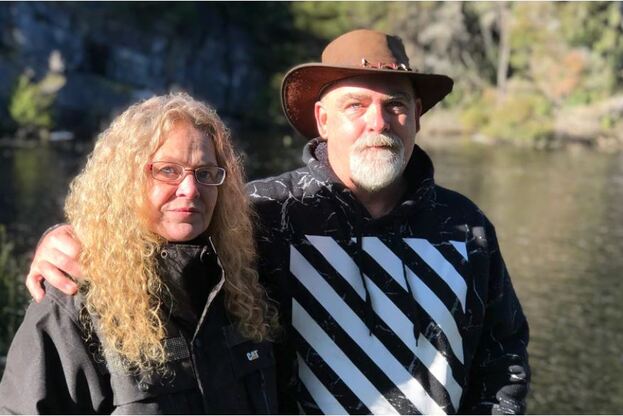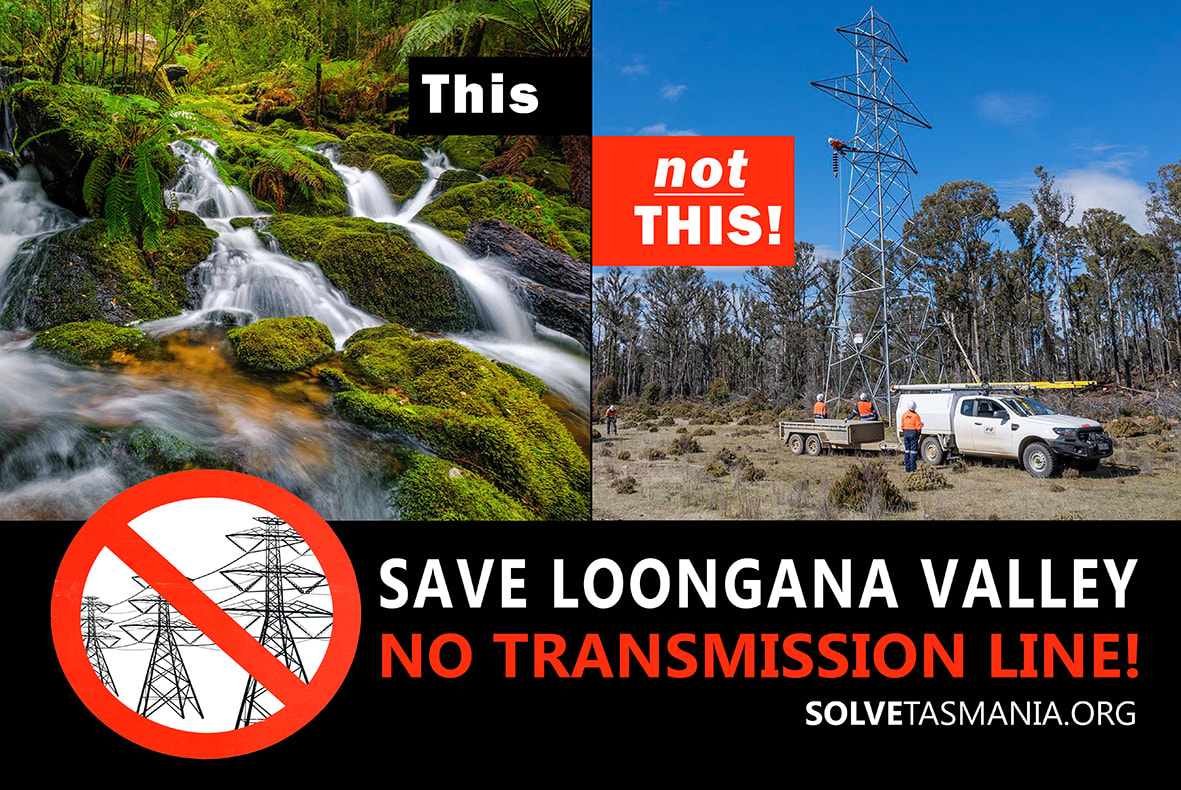LOONGANA COMMUNITY VOICES
Every Loongana Valley landholder is directly impacted by the proposed transmission line. All of us have insights and experience about the Valley, and have repeatedly tried to raise legitimate concerns. In response, our local land stewardship, and connection to place, has been labelled NIMBYISM, as TasNetworks undermines the concerns and values of our community, and has refused to engage in a genuine manner. TasNetworks have instead tried to legitimise their proposal by spending many millions on PR specialists, and claim their community engagement is genuine and 'extensive'. We can testify otherwise.
|
Dismissing these concerns is a race to the bottom and lowers the bar for more environmentally wrecking projects.
|



